Mads Tech tests TBS’s Chapito wing — a build-for-fun FPV wing aimed at pilots who prefer flying to tinkering.
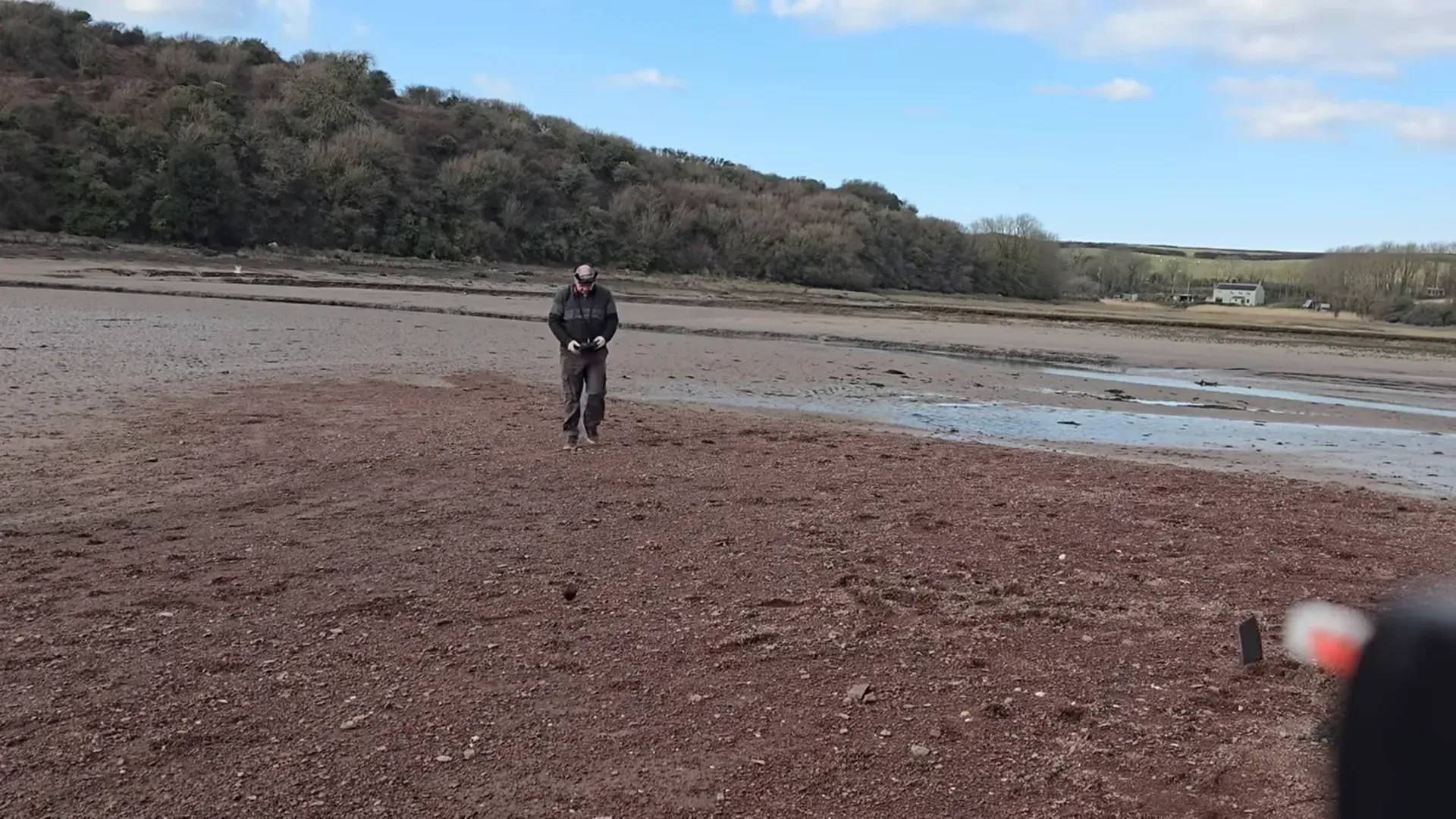
TL:DR
TL:DR — The Chapito ships as a simple kit, assembles fast, flies forgivingly, and survives a light crash. Flight times sit around nine minutes on old 1200mAh 6S packs.
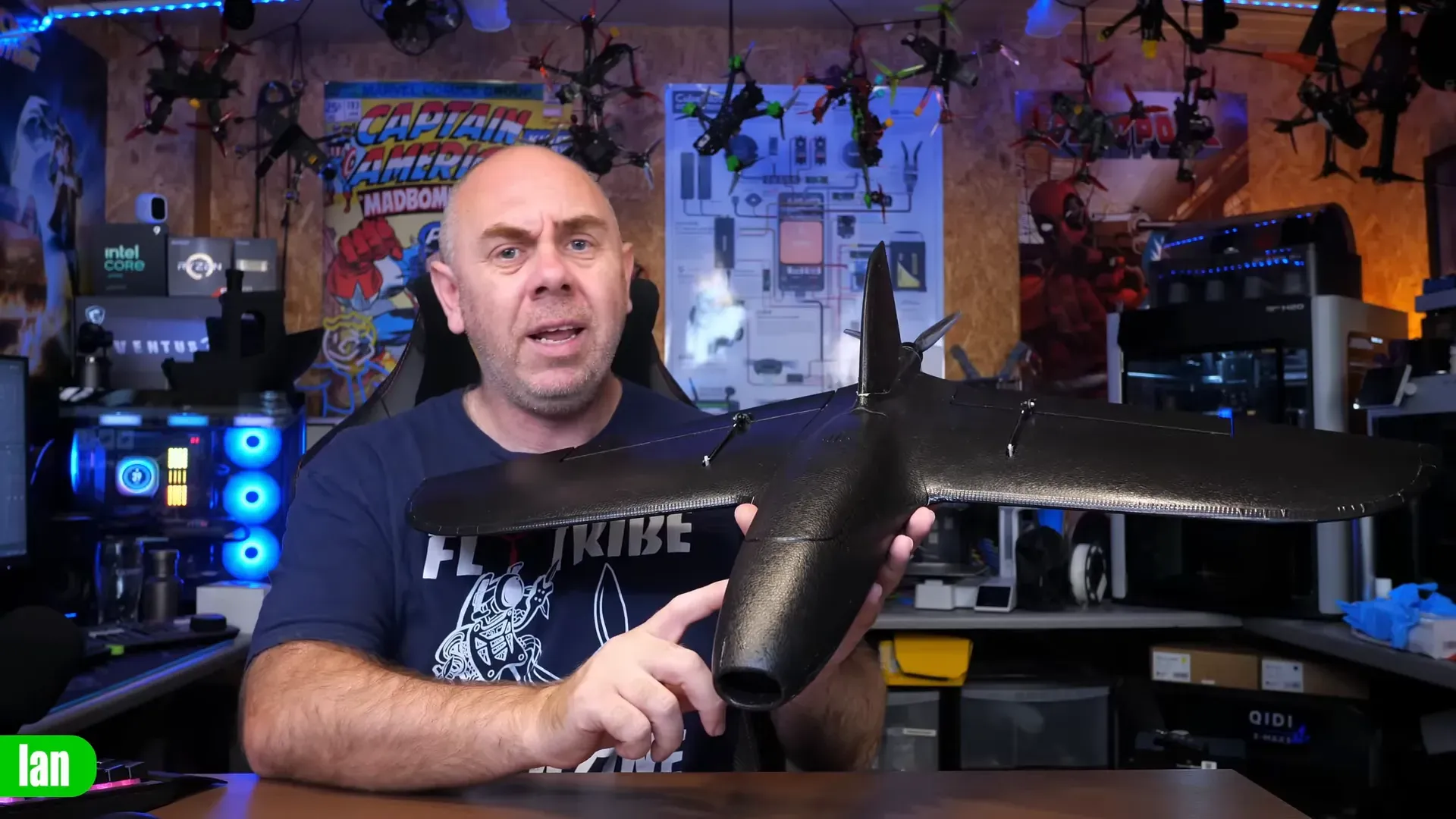
Why this matters
Quad pilots often avoid wings because builds go wrong. TBS packaged the Chapito to remove that friction — fewer headaches, more airtime.
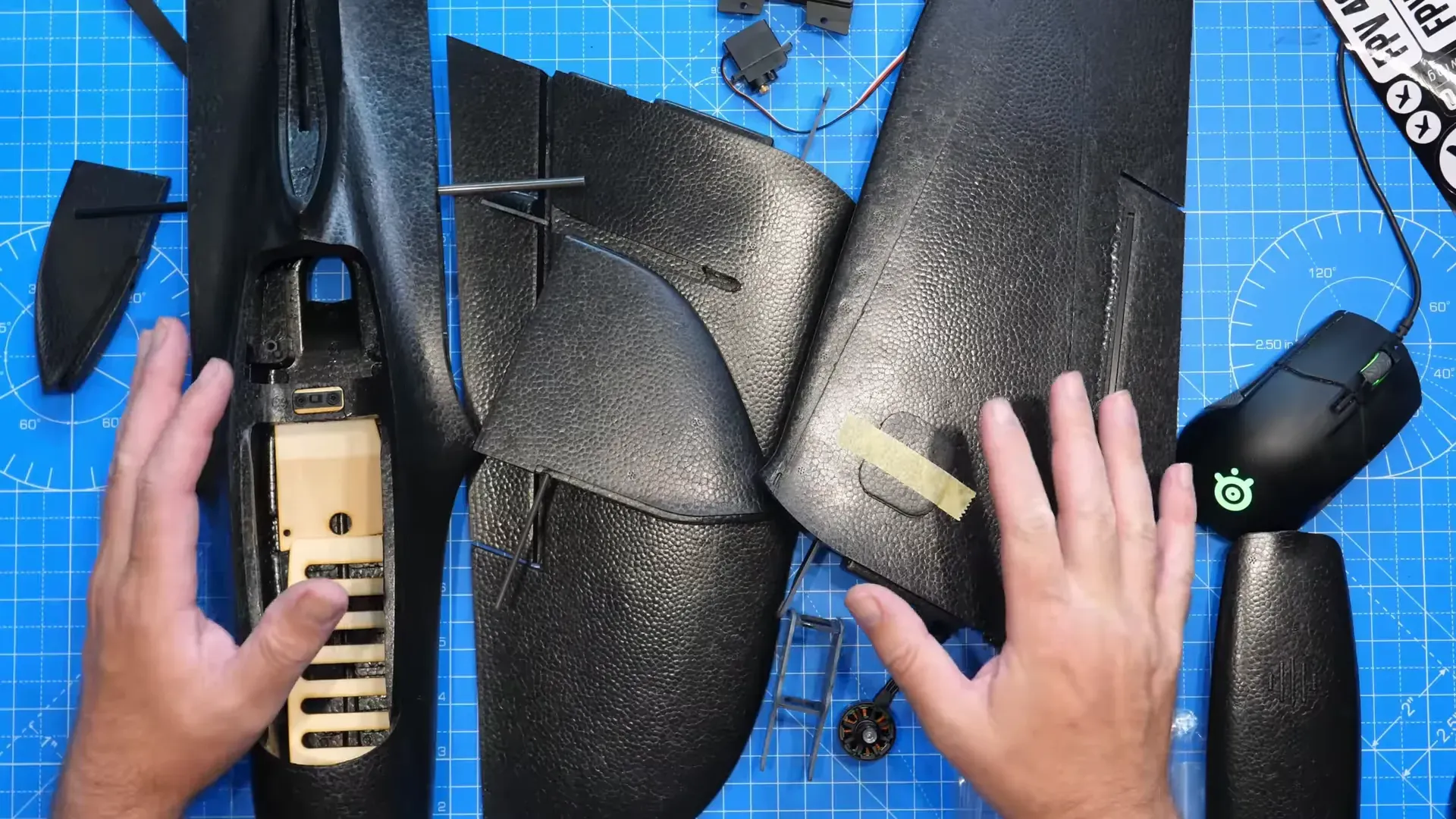
Battery choices and weight limits
TBS recommends 4–6S batteries and a 270g maximum. The listed sweet spot: 6S, 800–1800mAh. Mads ran 1200mAh 6S packs at ~217g.
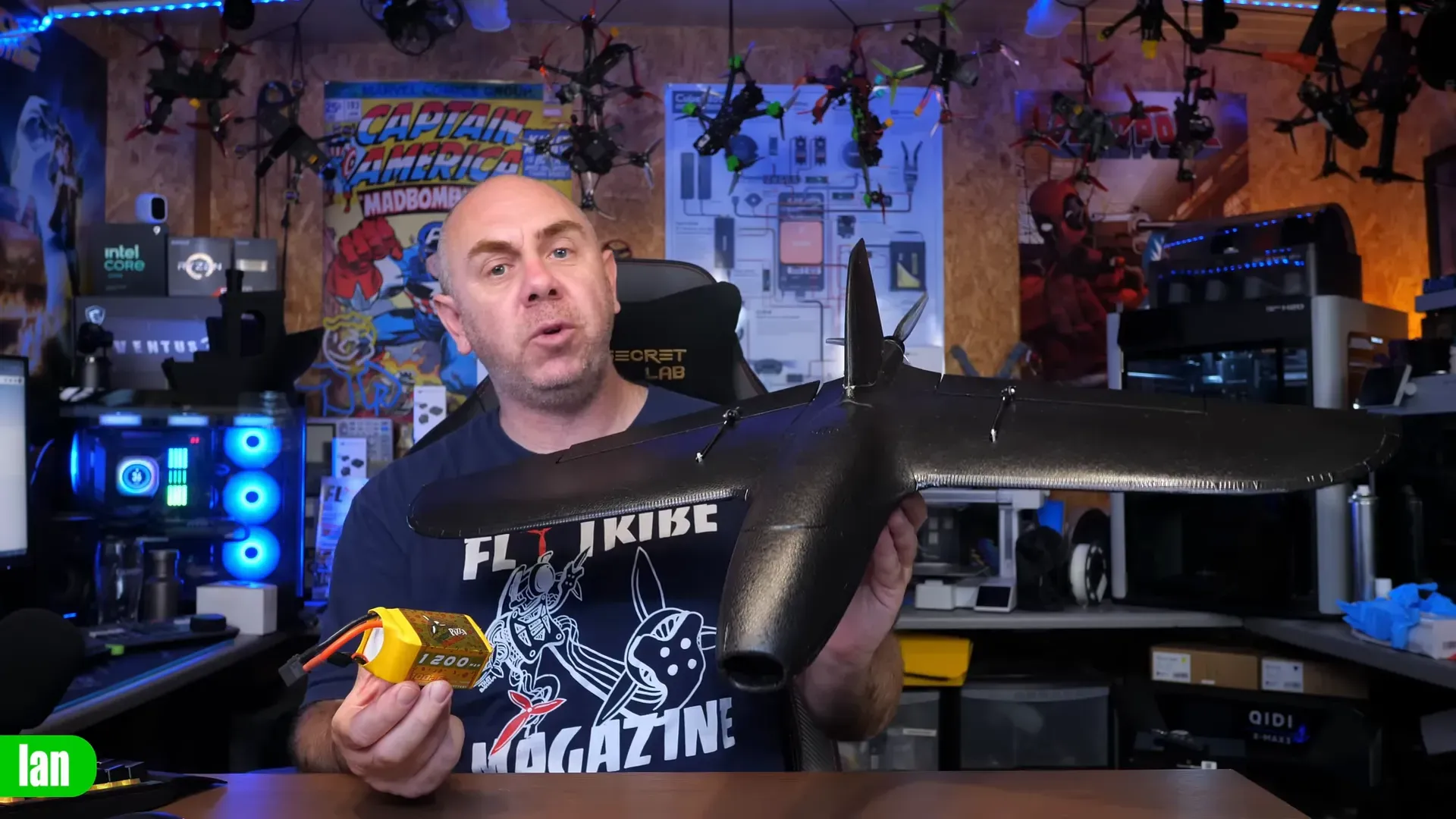
Lithium-ion options like PB50 cells can work — but expect weight constraints. A 4S PB50 might fit; 6S PB50 likely won’t without breaching weight limits.
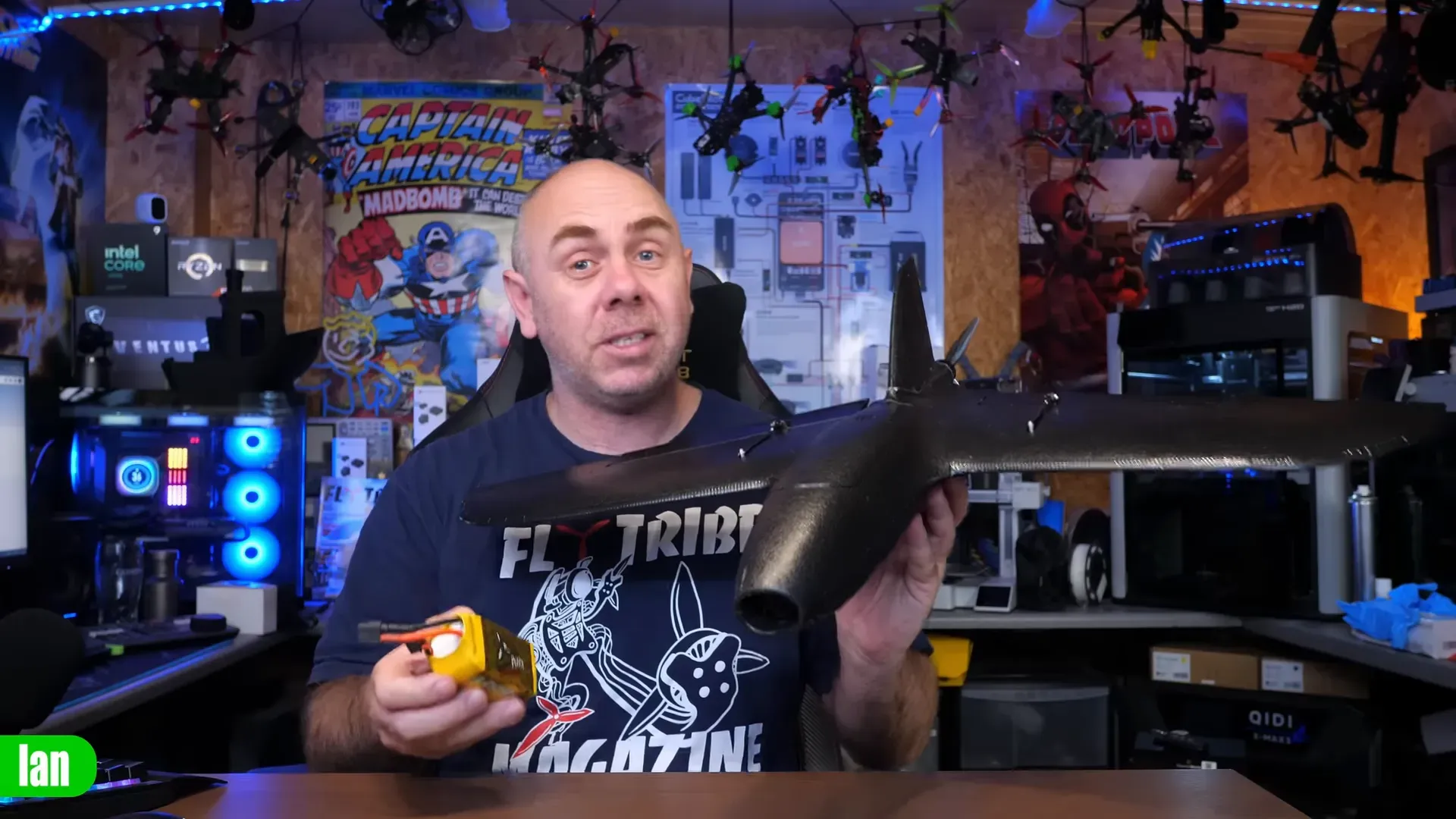
First flight: launch, modes and behaviour
Mads tossed the Chapito in auto-launch and it climbed on command. First impressions: stable, predictable, and easy to trim.
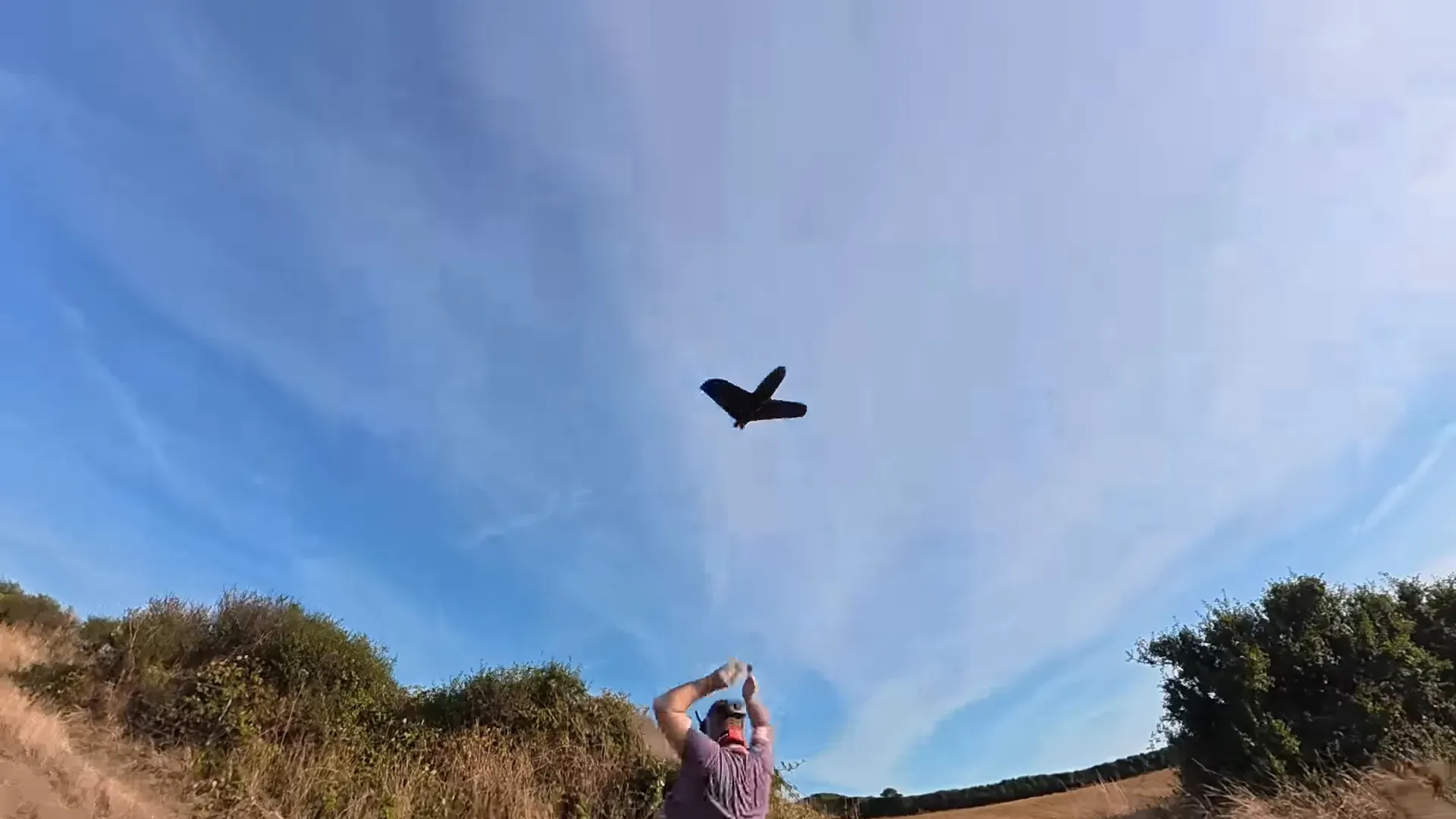
He tested angle, Acro and INAV cruise modes. Auto-trim and loiter behaved as expected. Returns-to-launch worked from both switch and button.
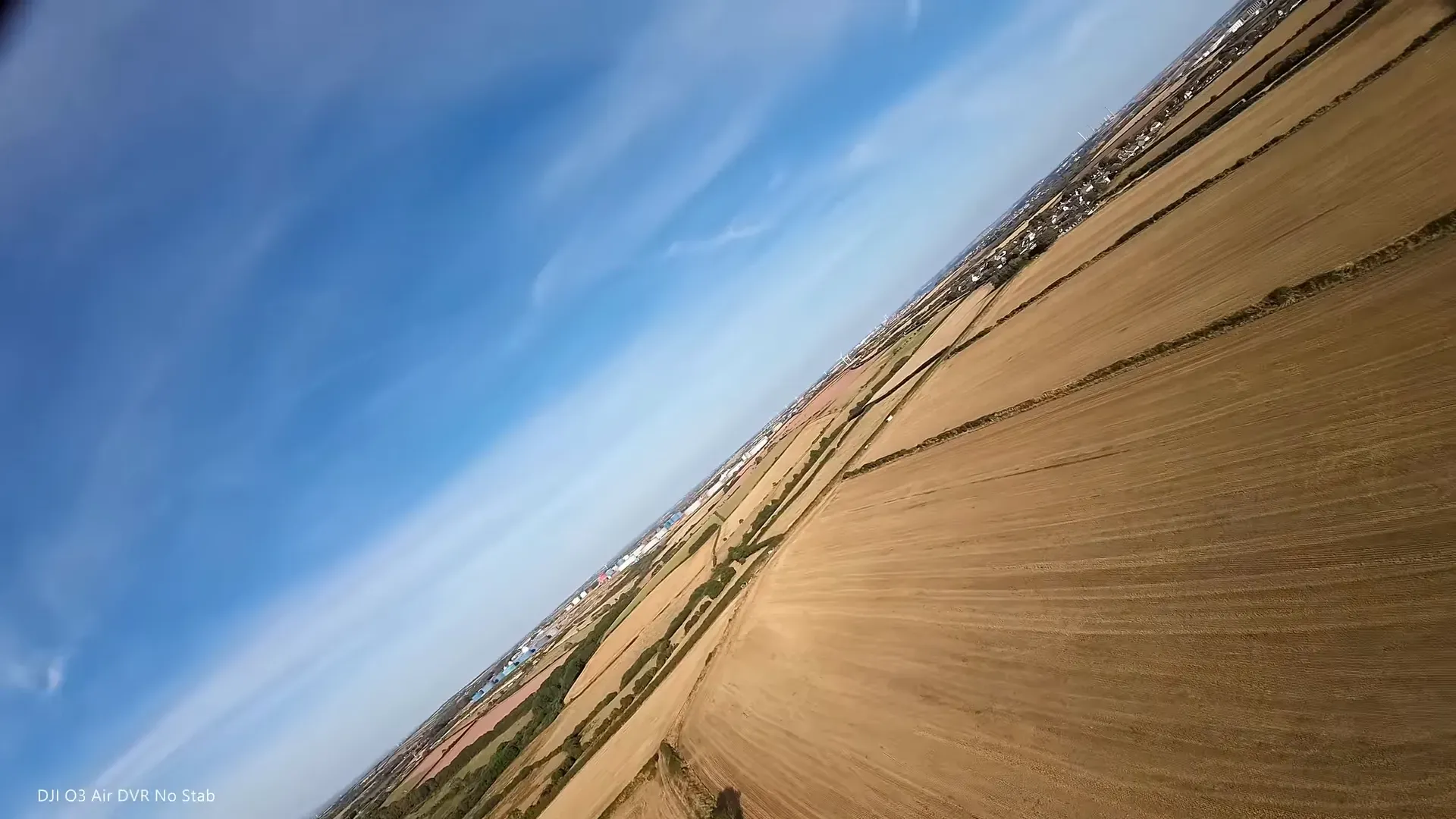
Wind pushed the small wing around a bit — nothing alarming. Rates felt slow on default settings; Mads recommends increasing rates for crisper response.
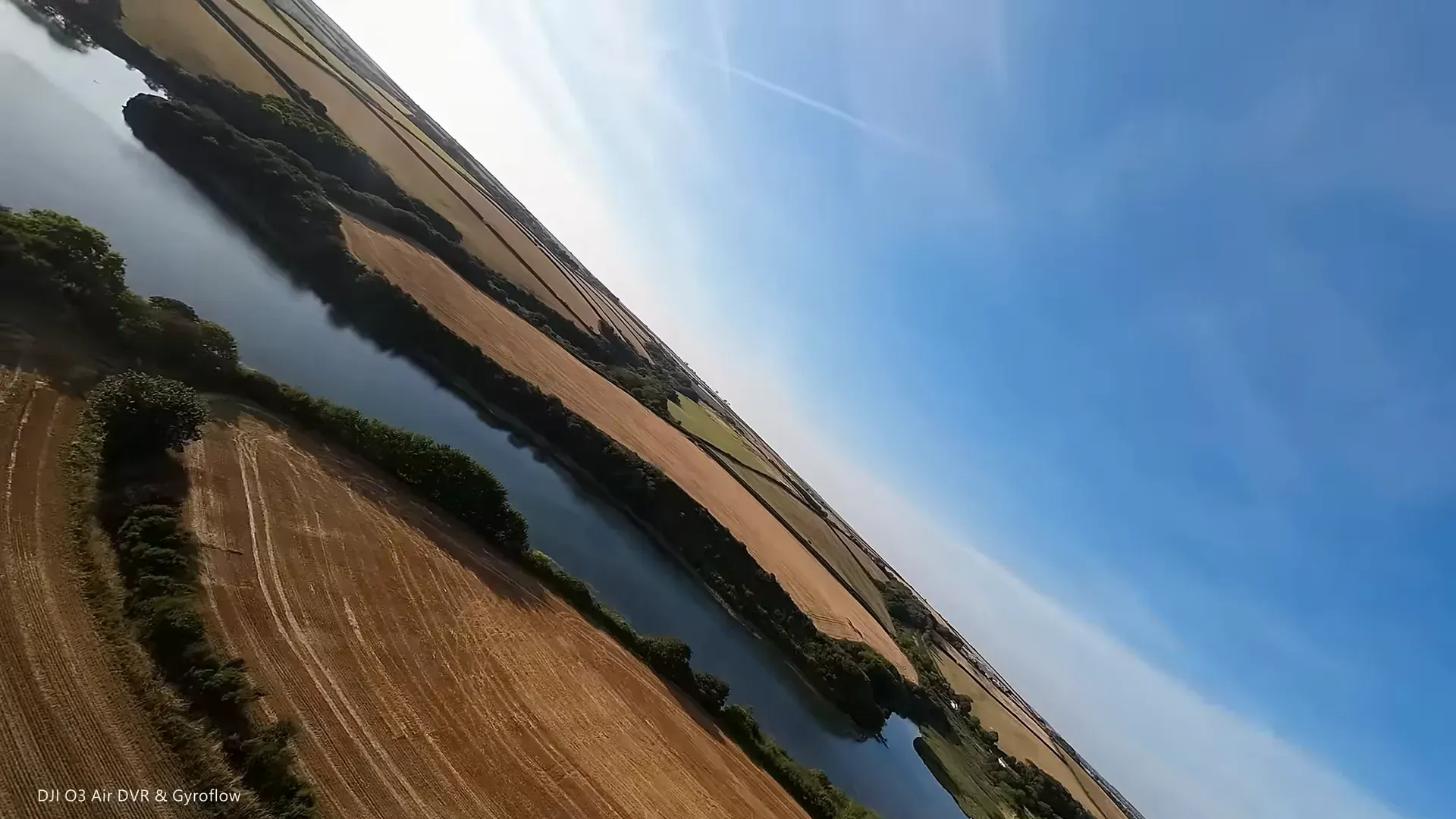
Flight modes and camera stabilization
Mads used DJI O3 (O3 03 module) for footage. RockSteady enabled on the O3 works, but in wind it introduces a visible rocking on 03 footage compared to Gyroflow stabilised video.
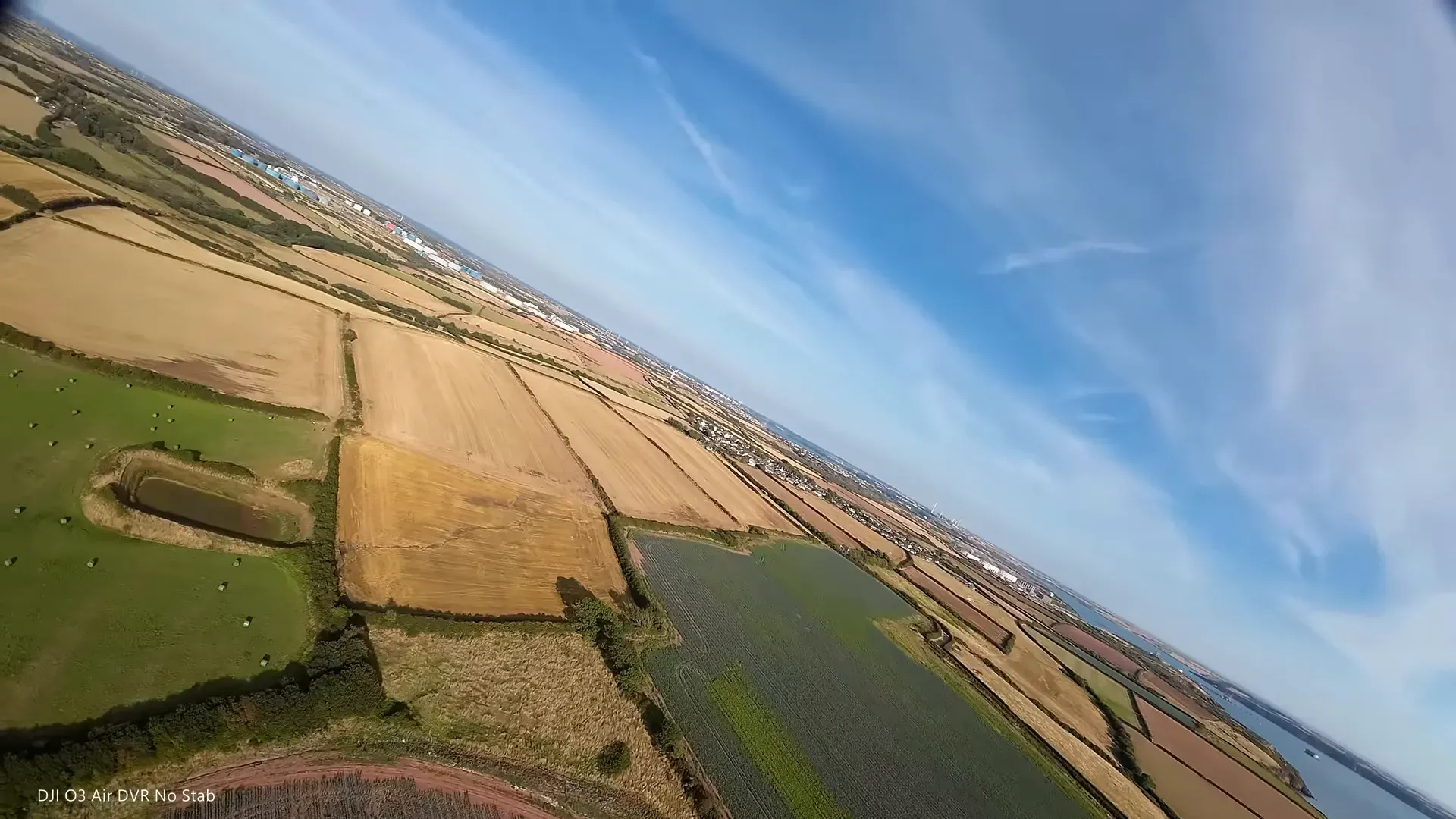
Recommendation: record with RockSteady off in wide mode and stabilise later in Gyroflow for smoother horizon stability in windy air.

Build notes — what’s easy and what needs care
The Chapito kit simplifies assembly — glue the vertical and lower stabilizer, fit servos, mount electronics, and upload the INAV CLI dump. Mads’ unit arrived pre-flashed, but retail boards may not be.
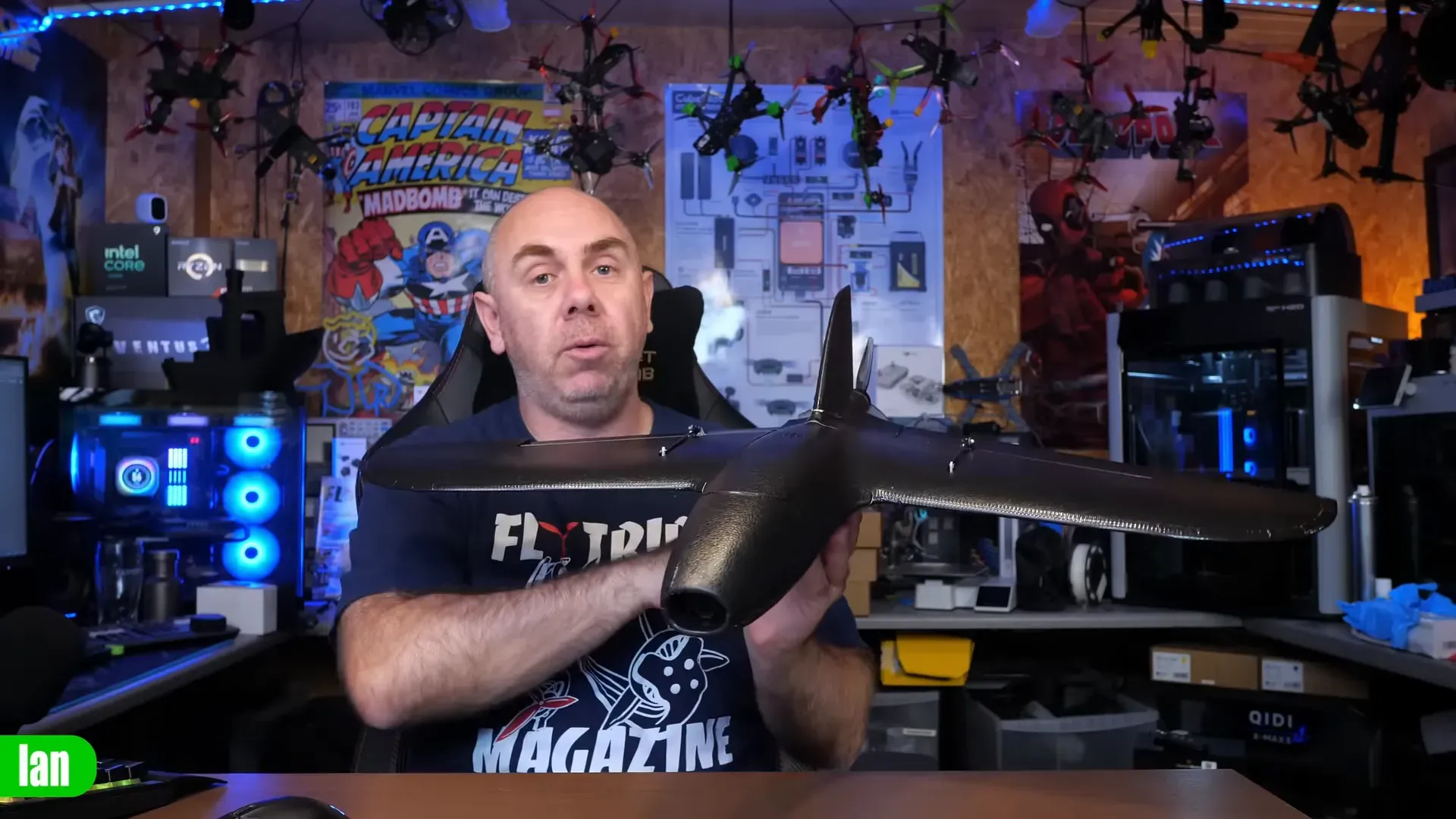
Minor skills required: fitting GPS wiring and adjusting horn holes. Mads cautions to set servo control-rod holes lower than the top holes for smoother, less sensitive throws.
Use decent adhesive. Mads used a poor glue and regretted it — buy proper model foam glue and take time on fitment.
Durability, repairs and small mods
Mads hit a fence during a misjudged landing. Result: a small slit in the foam nose. Repair: a dab of glue and cosmetic paint. No structural failures.
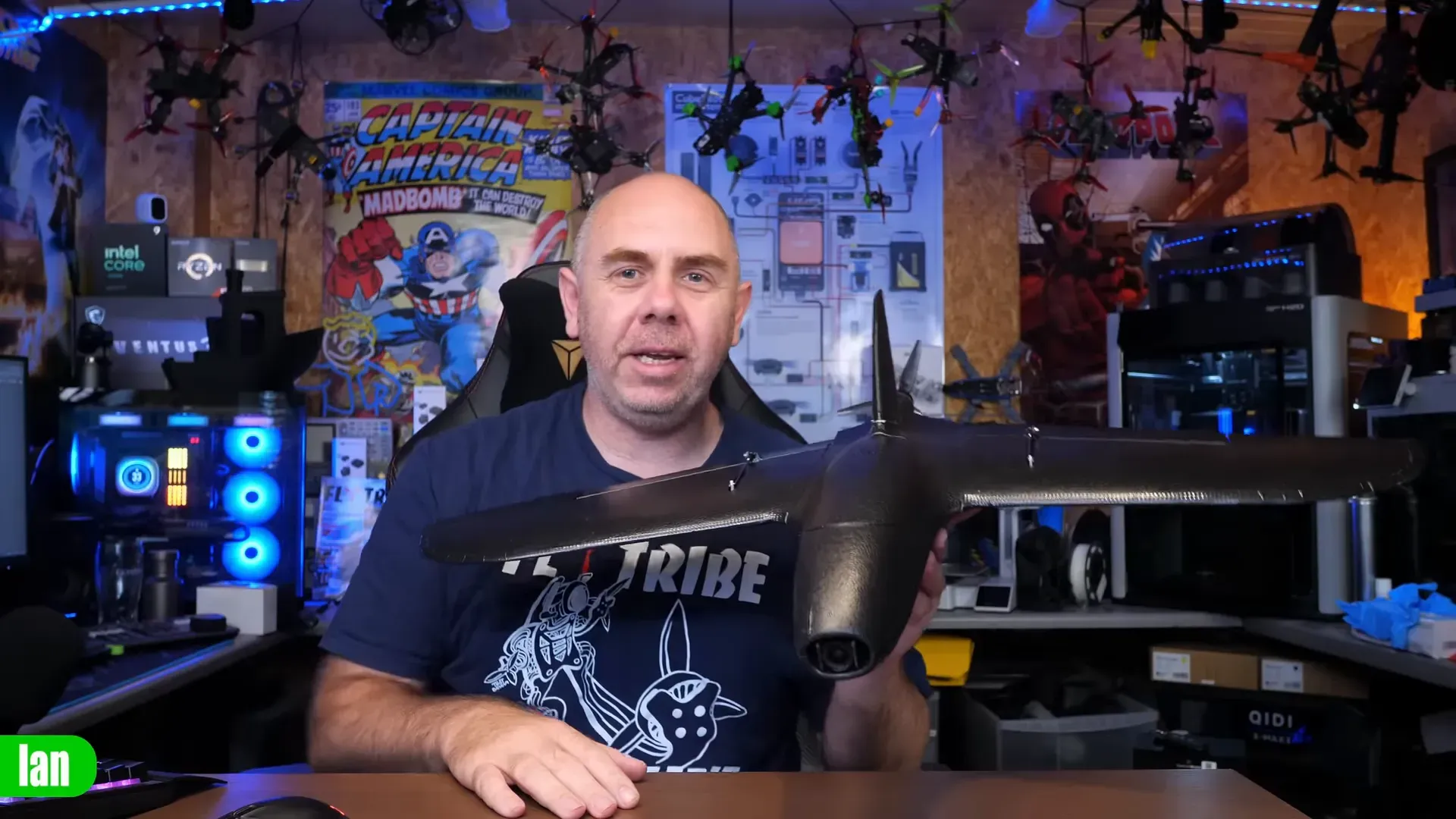
Mod suggestions: tape leading edges and belly with thin gaffer for abrasion resistance. Consider printing a TPU nose guard or an Eryo/PLA bottom stabilizer for extra toughness.
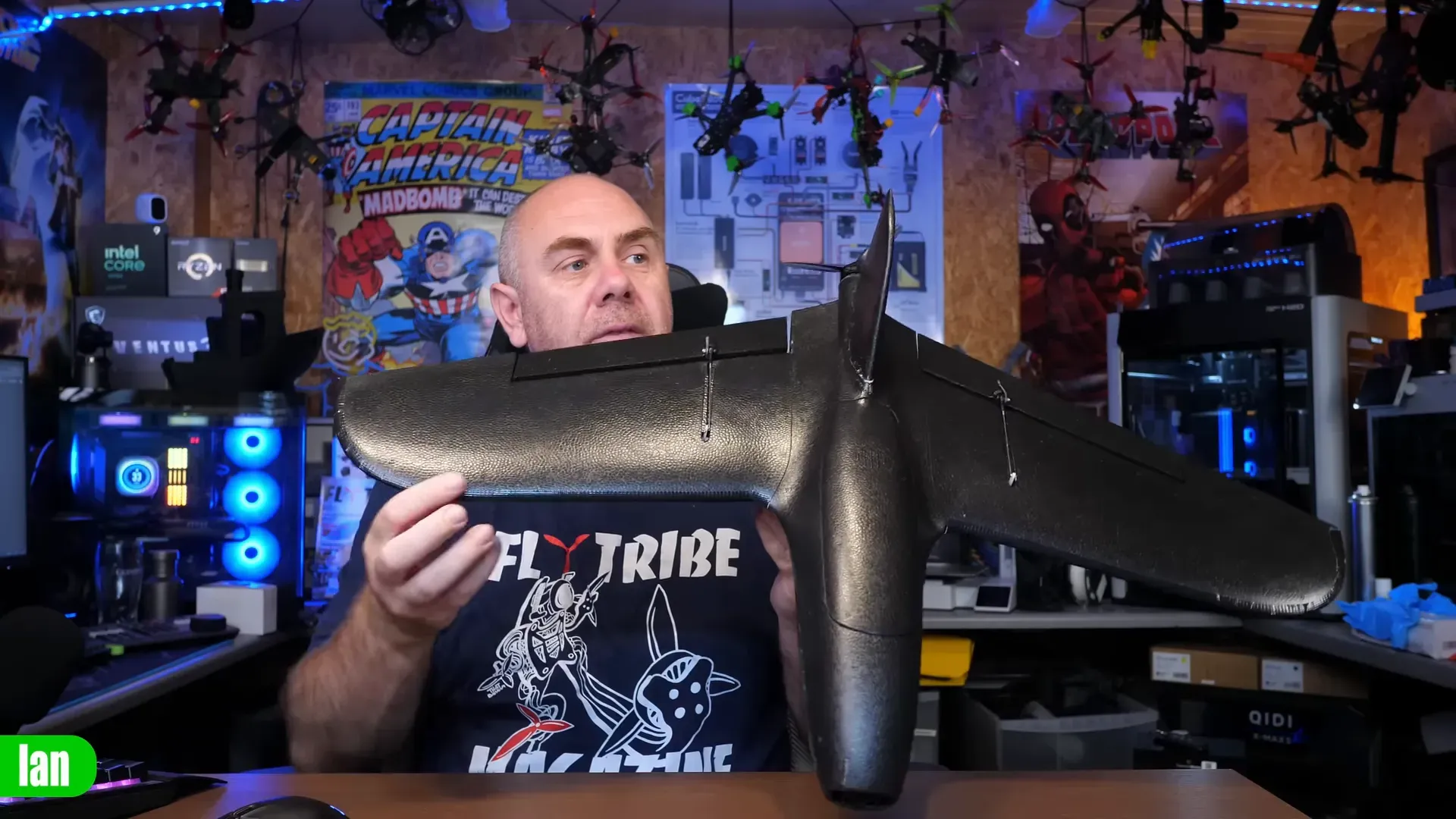
Add an elastic over the battery hatch latch as a cheap insurance measure — the latch is usable but can shift in flight.
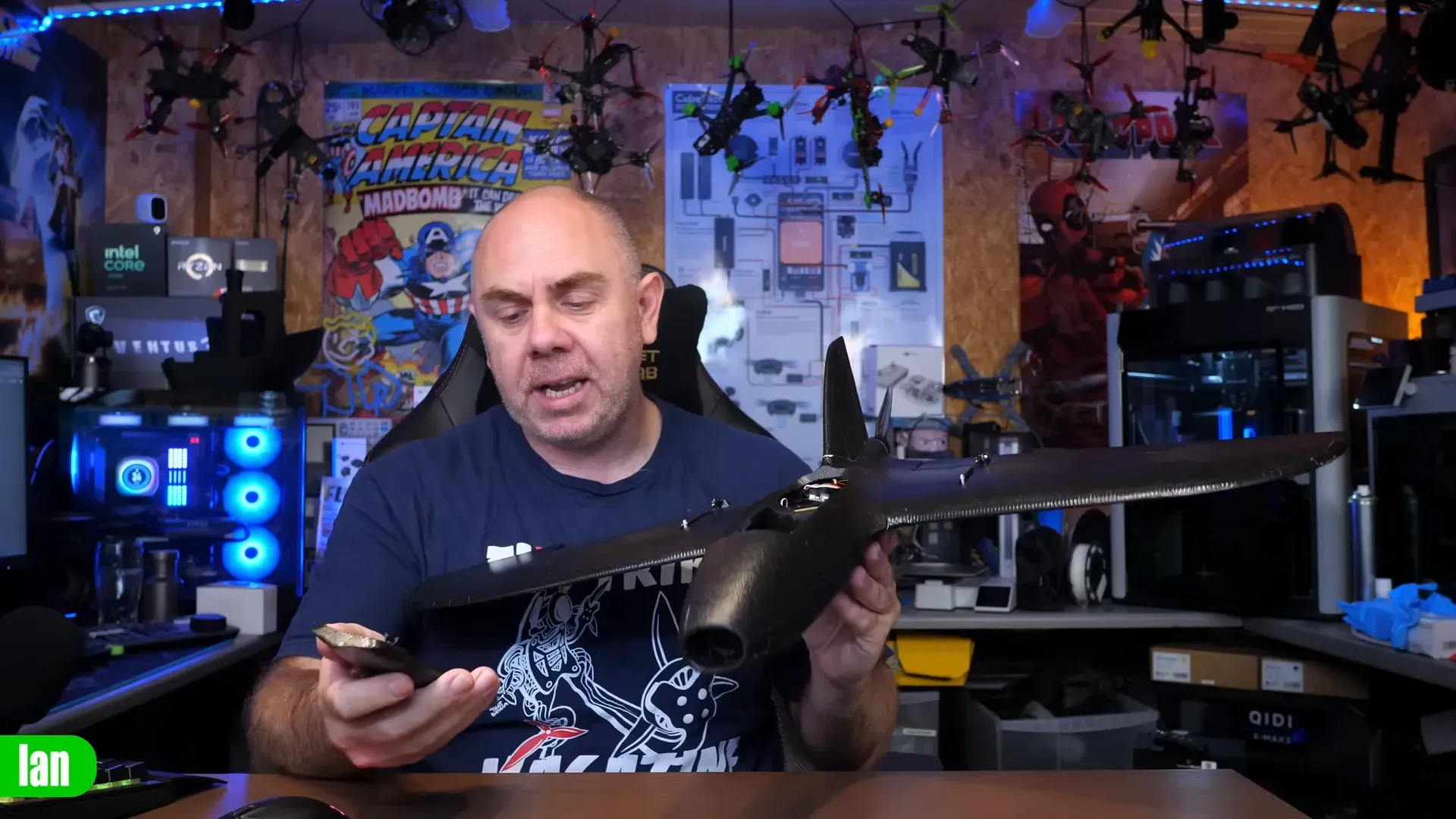
Flight time and field experience
Mads logged roughly 8–10 minutes on those older 1200mAh 6S packs. Expect variance — pack age, wind and how hard you push the throttle matter.
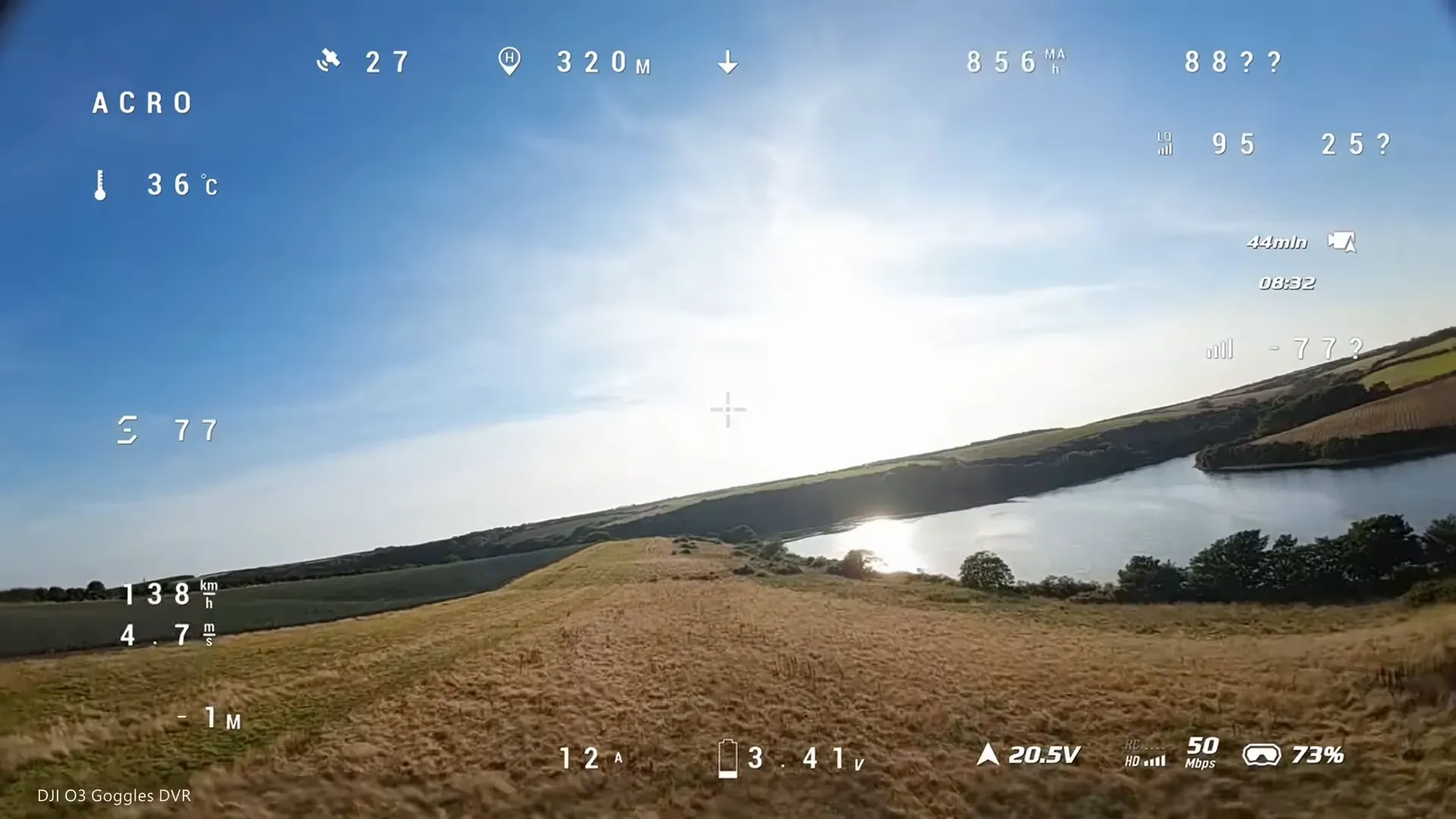
He’s flown the Chapito 15–20 times without a single failed launch. That reliability made him want a follow-up model — the Mojito.
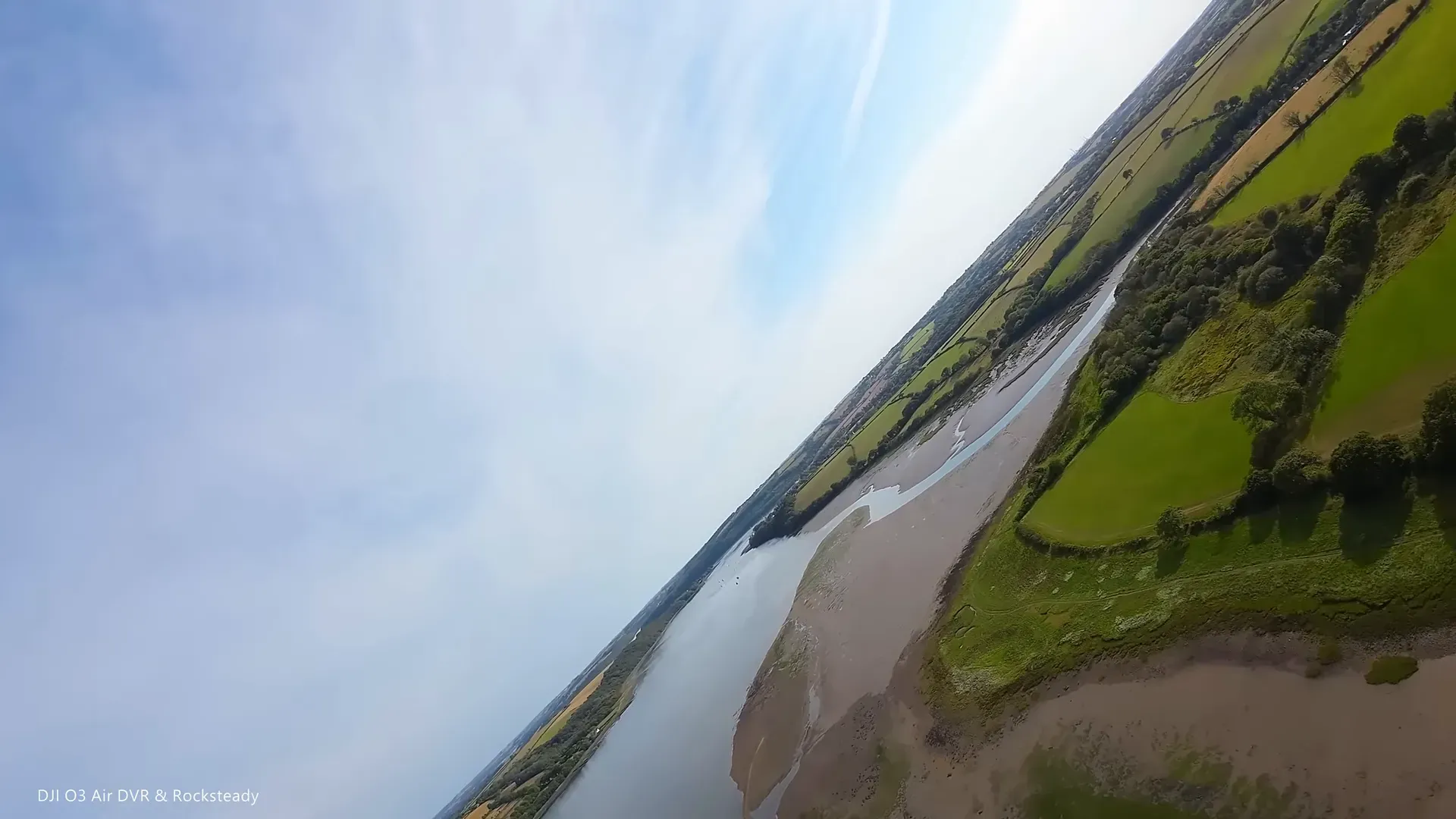
Price and package options
TBS sells the Chapito in several bundles: airframe kit only, electronics + kit, and a crash-saver two-airframe pack. Prices range—from ~$79.95 to $269.95 depending on package.

Verdict
Mads rates the Chapito 9/10. It’s not revolutionary — but it removes friction. Build time is short; config work is minimal; flying is fun and forgiving.
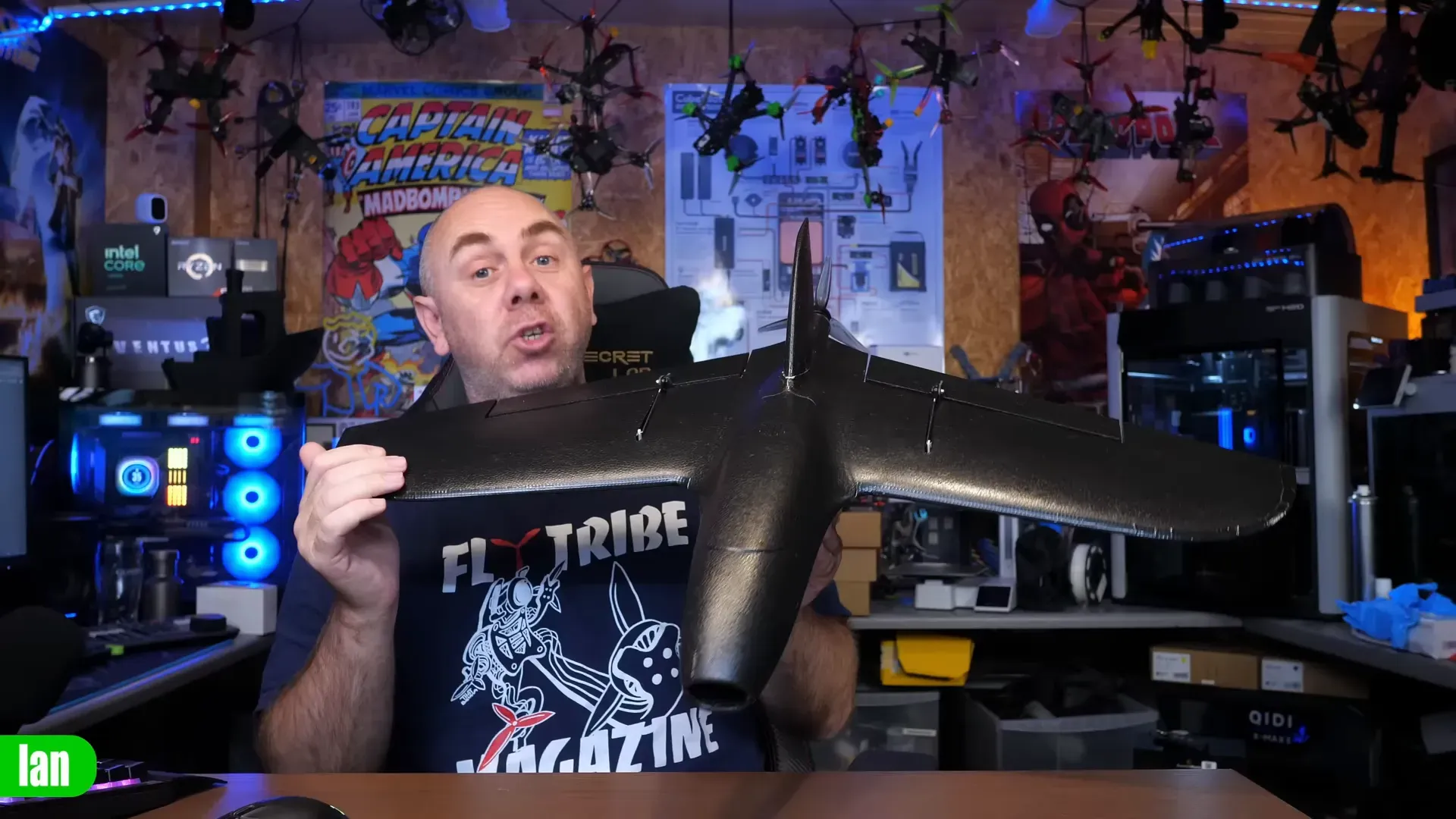
Who should buy it? Pilots who want a straightforward wing to fly rather than spend weekends troubleshooting hardware and firmware.
FAQ
Q: What batteries work best? A: 4–6S. TBS recommends 6S 800–1800mAh. Keep pack weight under 270g.
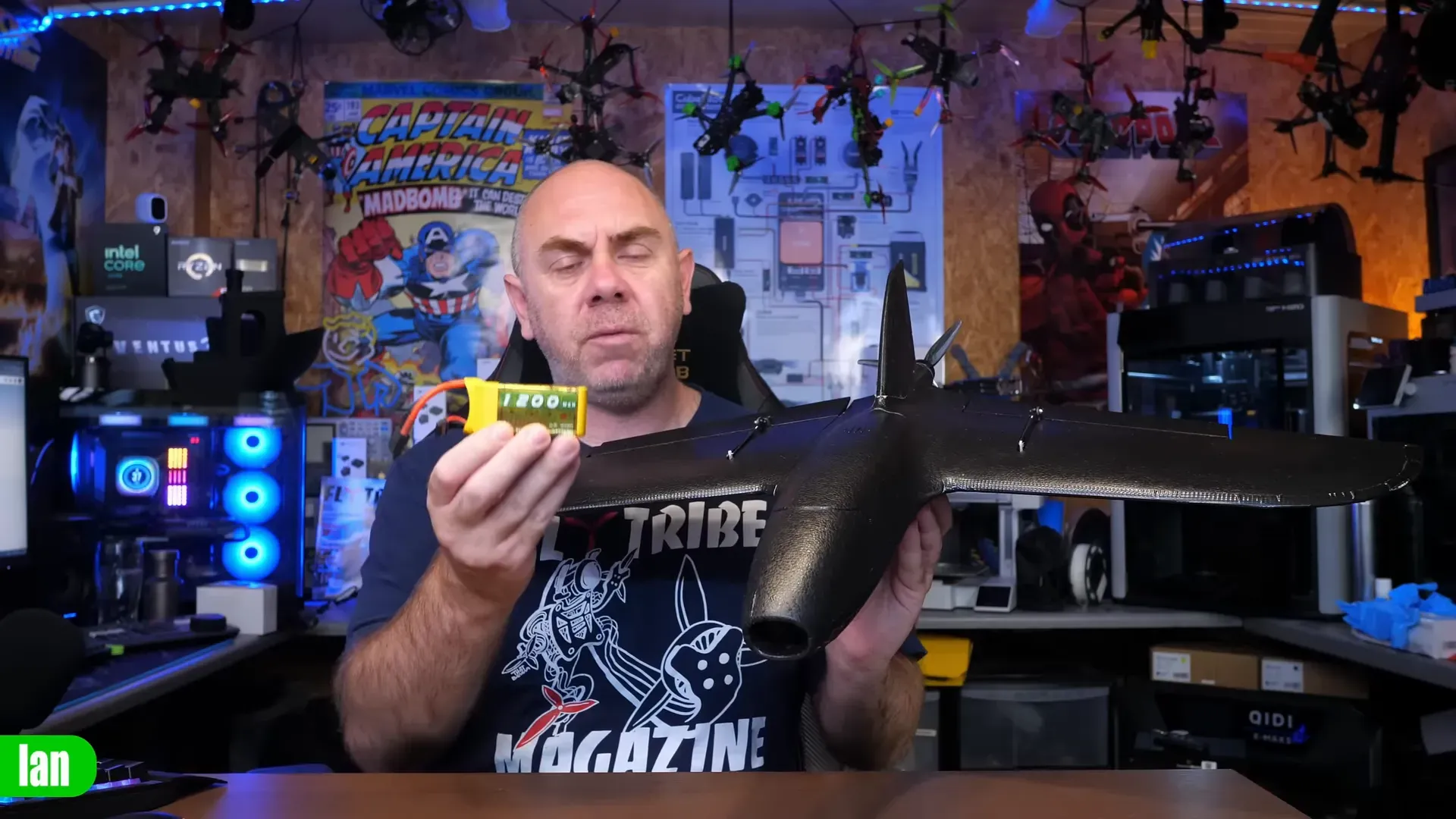
Q: How long are flights? A: Expect ~8–10 minutes on 1200mAh 6S packs. Newer 1500mAh packs should extend that.
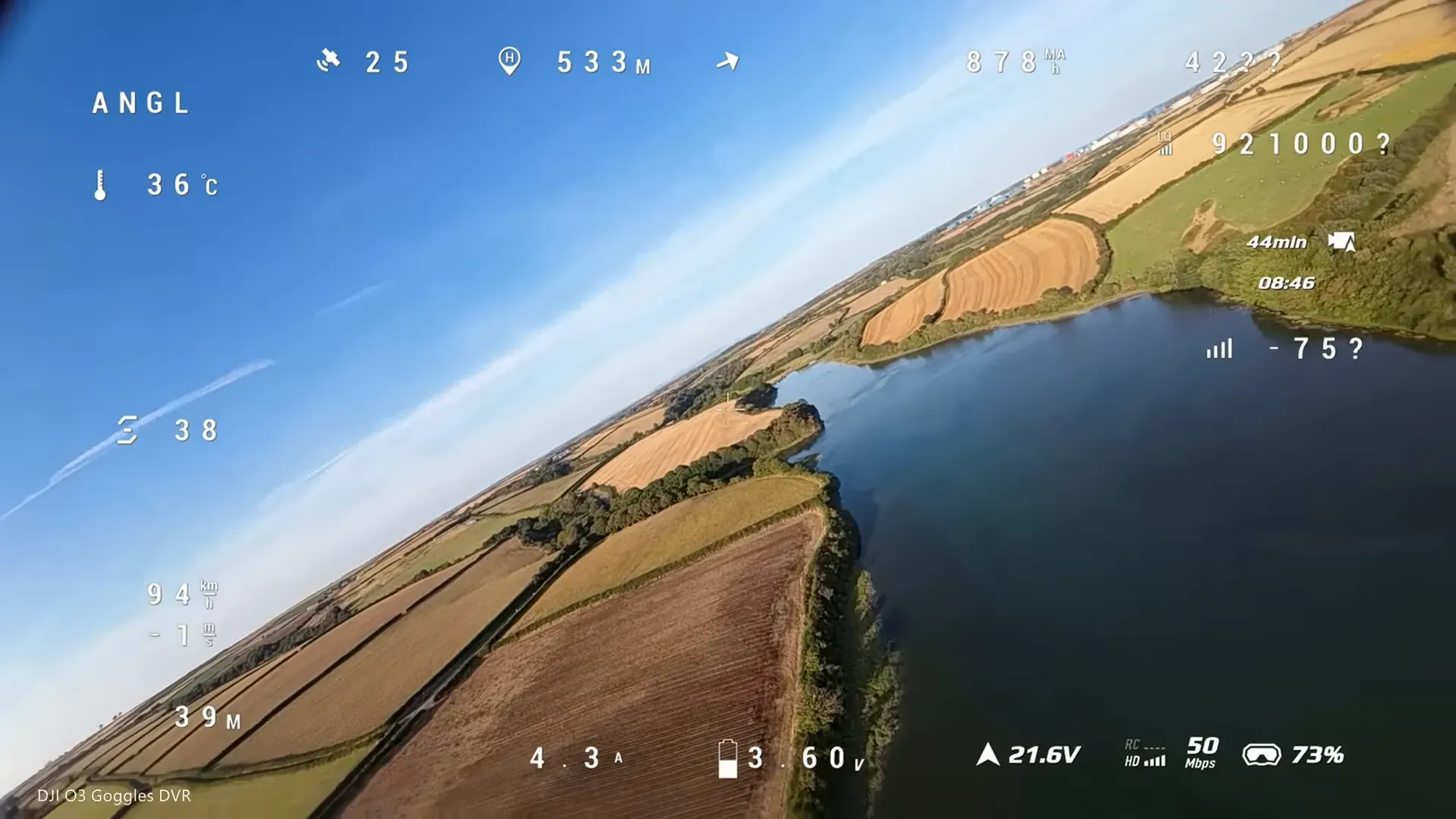
Q: Is it beginner-friendly? A: Yes and no. Assembly is simple, but you need basic soldering and wiring skills for GPS and receiver.
Q: Should I use RockSteady? A: Record wide with RockSteady off. Stabilise in Gyroflow later — it handles windy footage better on the O3 03 module.
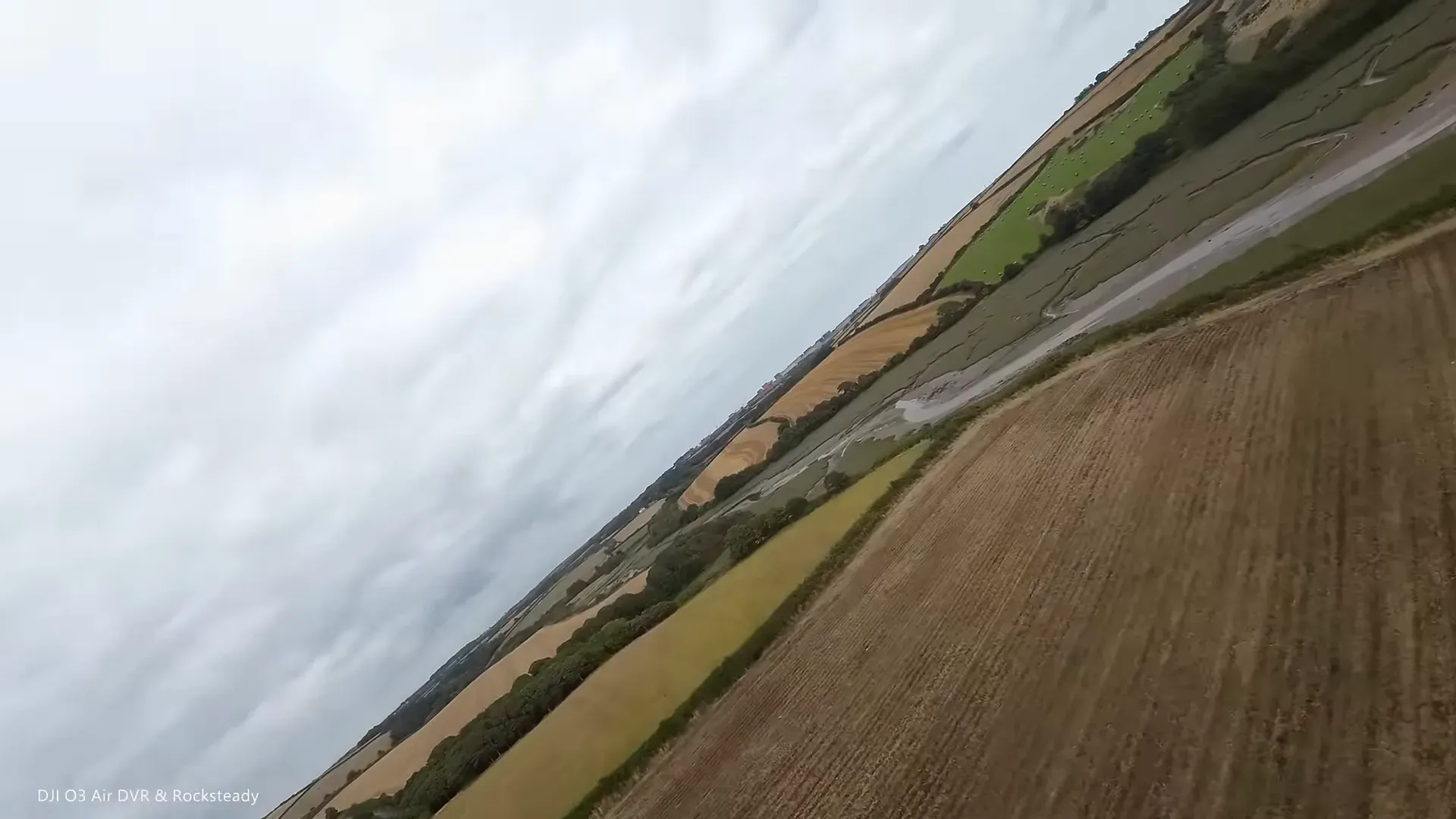
Takeaways
- Chapito reduces build friction — fast assembly and predictable flight make it ideal for pilots who want to fly now, not later.
- Watch weight — 270g battery limit matters. PB50 lithium-ion cells require careful selection.
- Record without RockSteady on O3 03 — stabilise later in Gyroflow for best results in wind.
- Tape leading edges and consider a TPU nose guard — cheap mods prevent cosmetic and small structural damage.
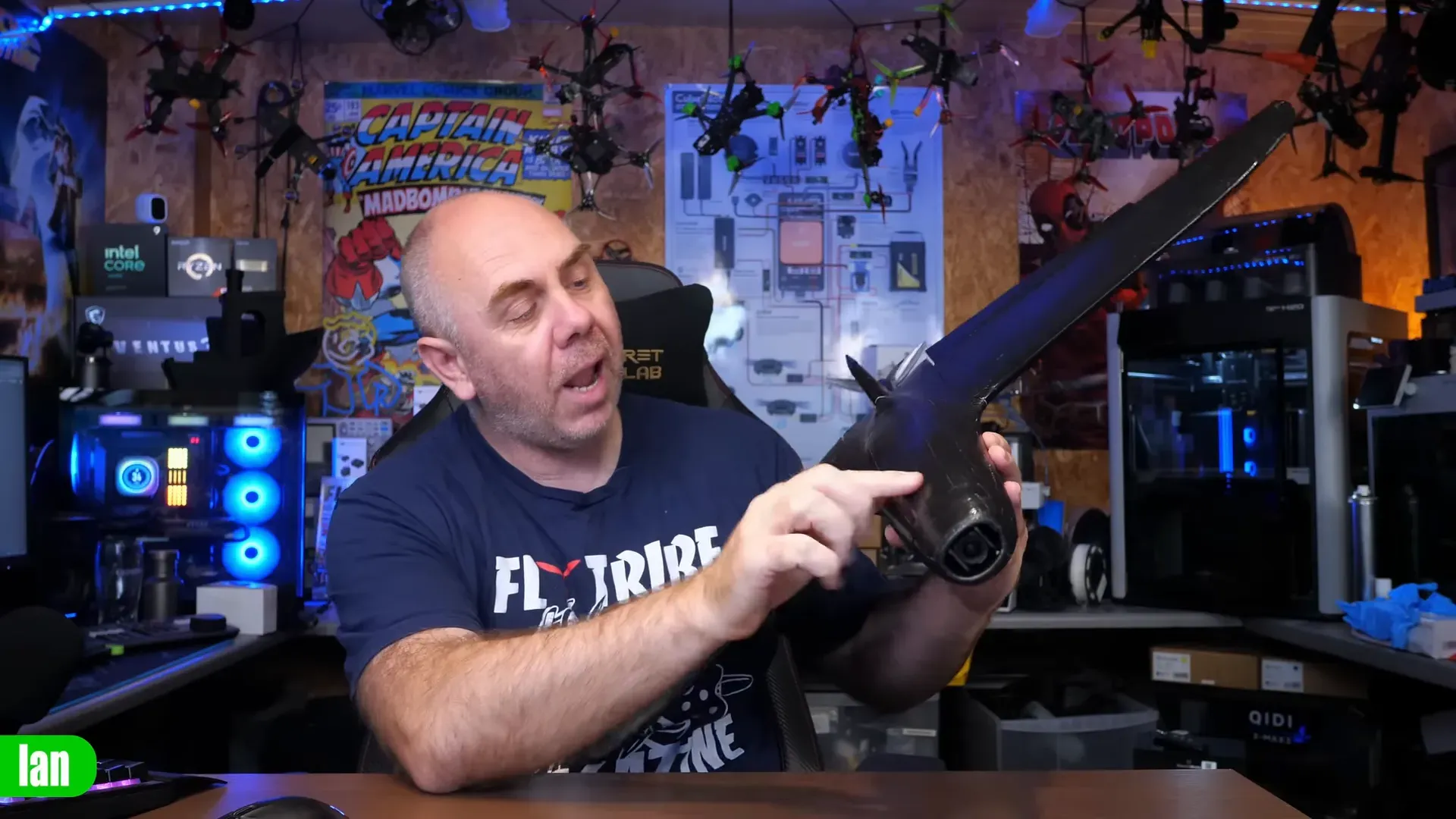
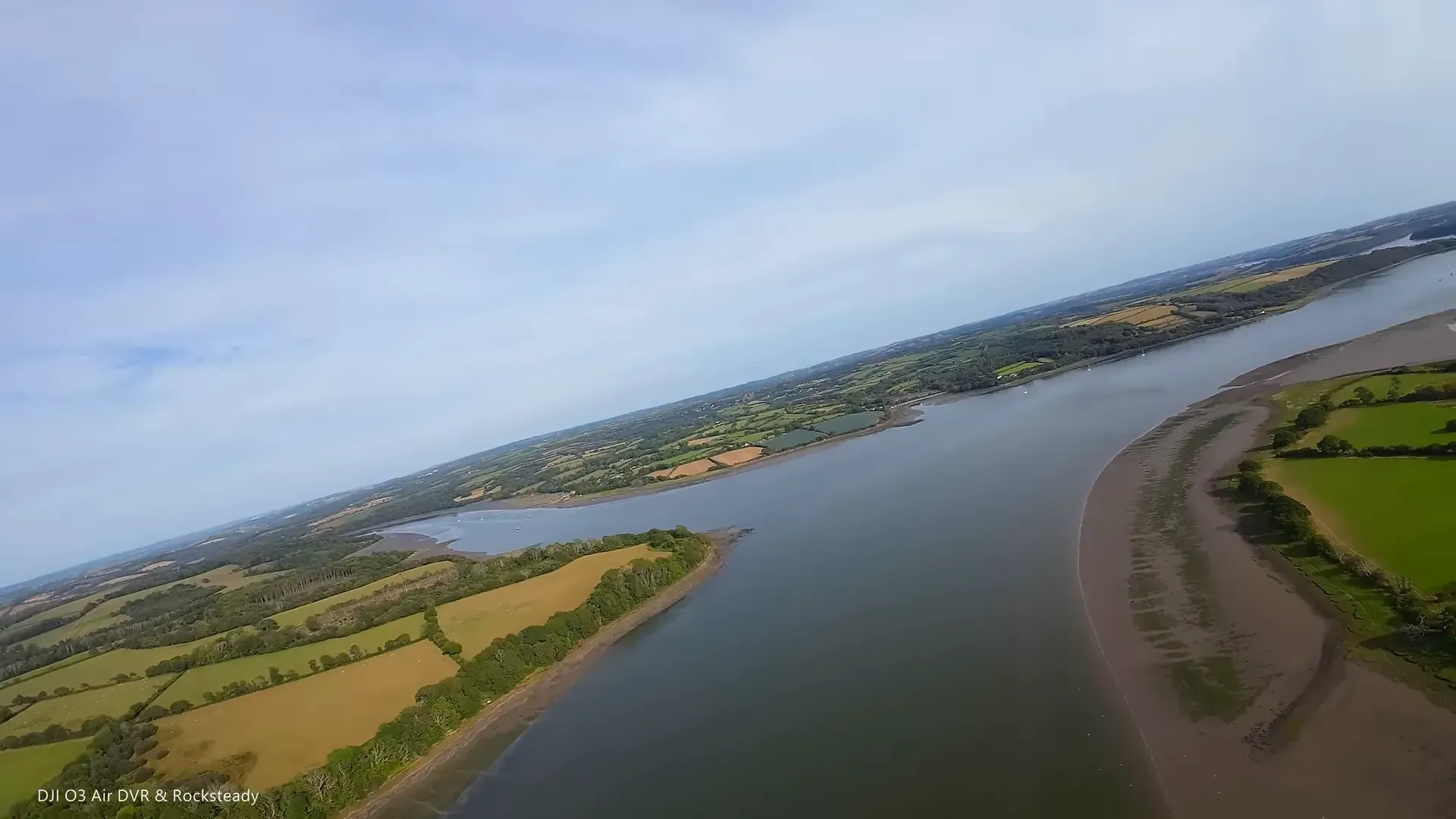
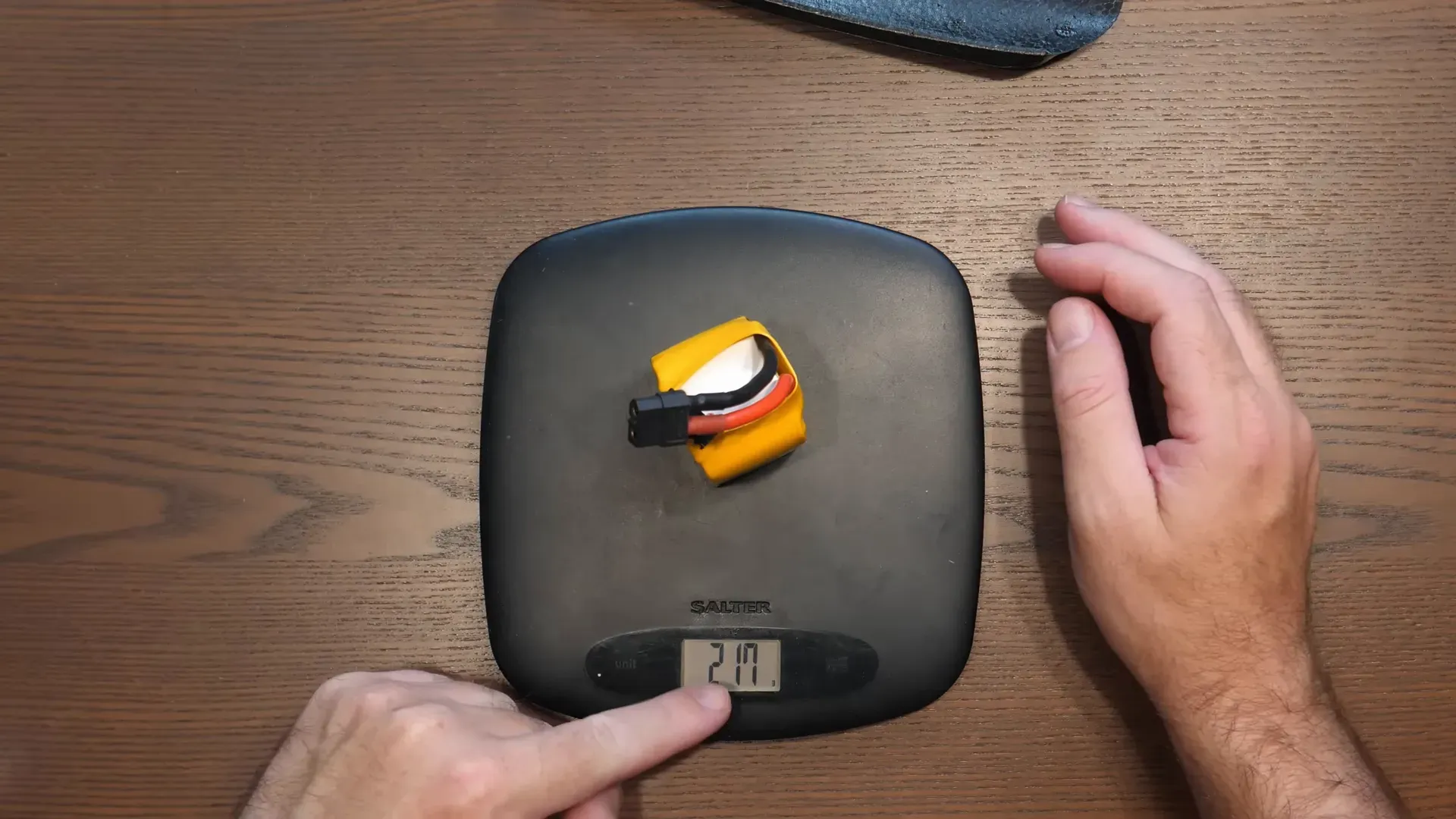
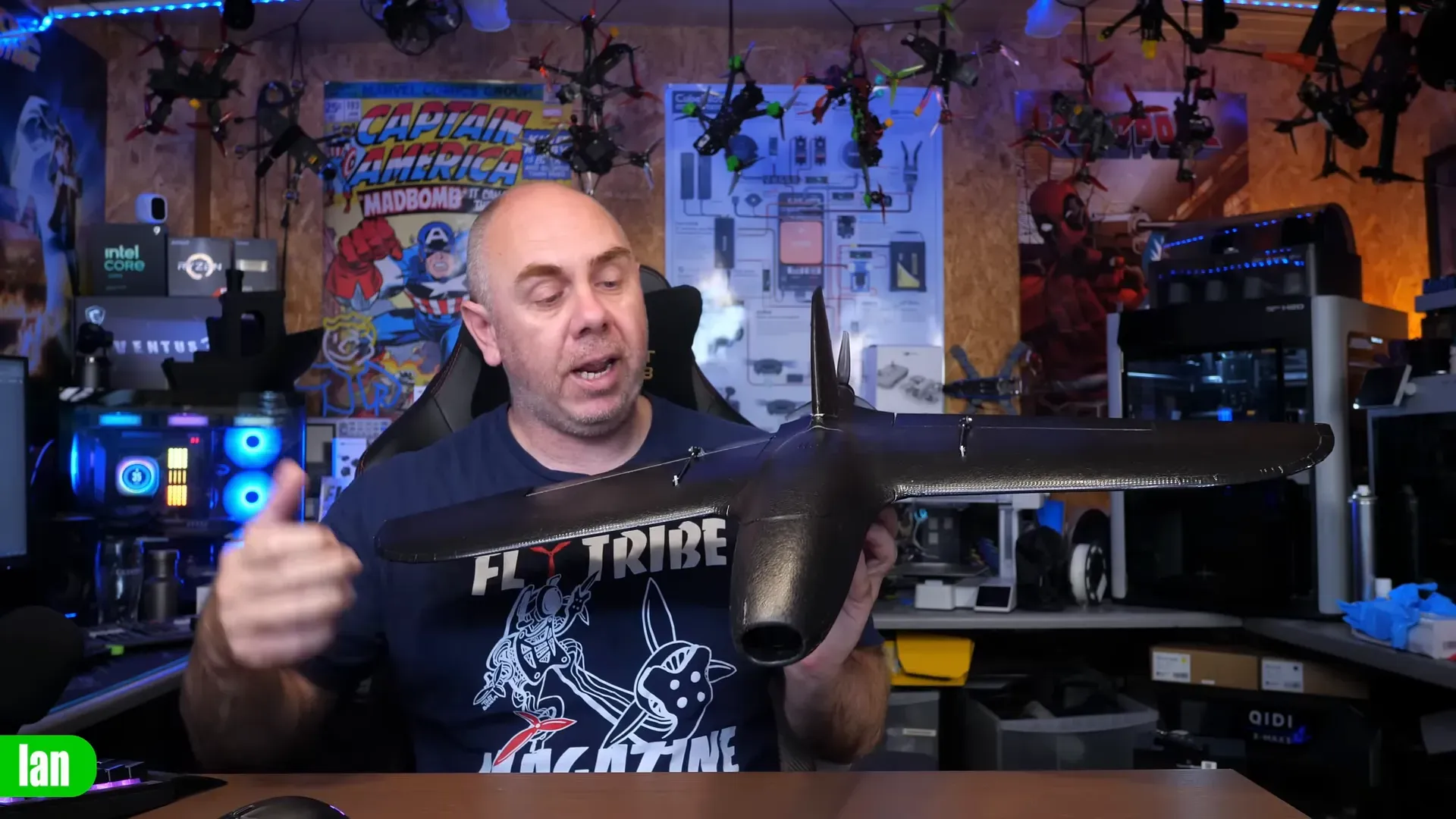
Credit: Mads Tech — tests, flights and the crash footage came from his Chapito videos. TBS provided the wing for evaluation; no editorial control exchanged hands.
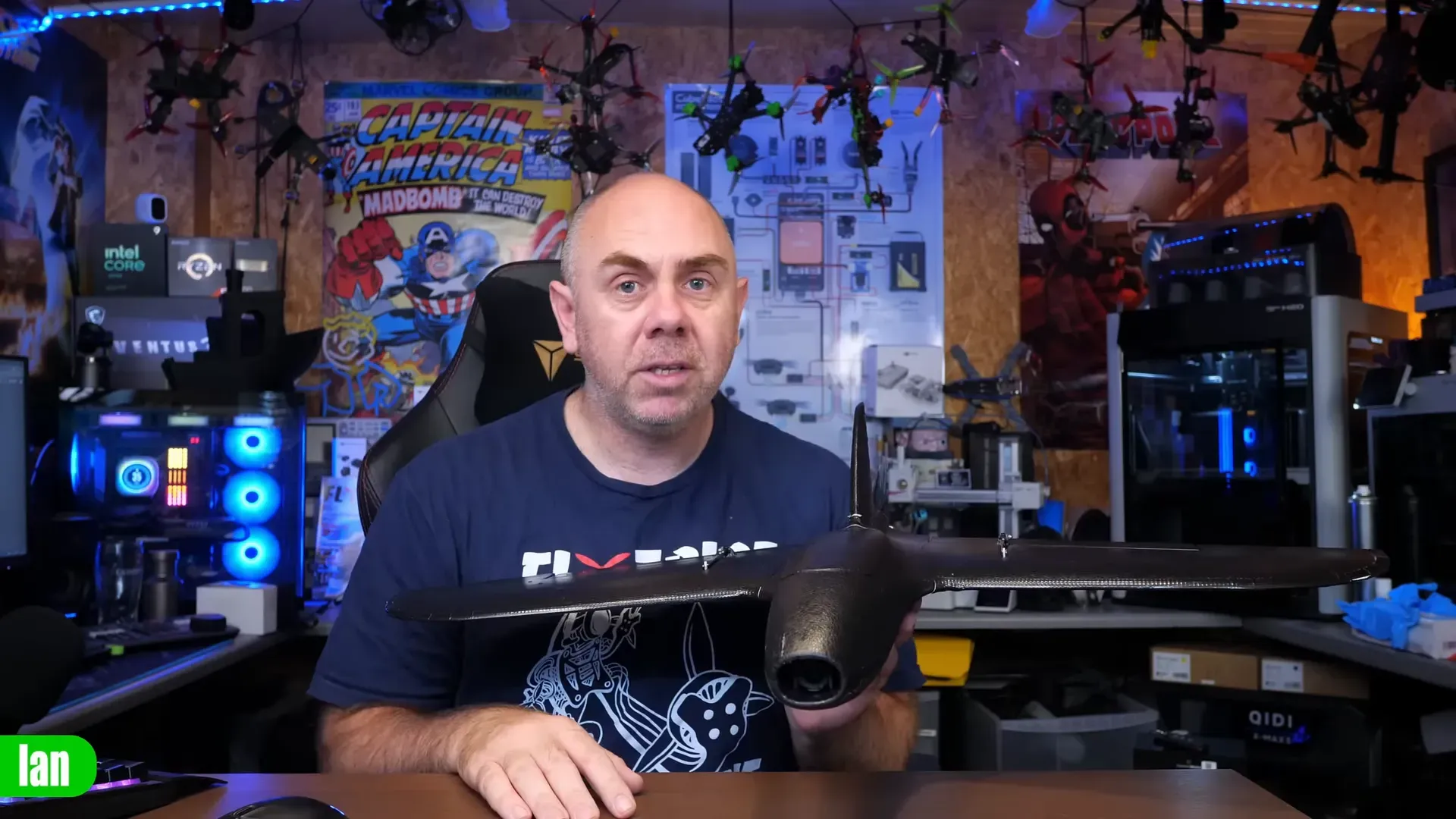
This article was based from the video TBS Chupito FPV Wing & DJI O3 First Flights & A Crash - Thoughts From A Quad Pilot.



